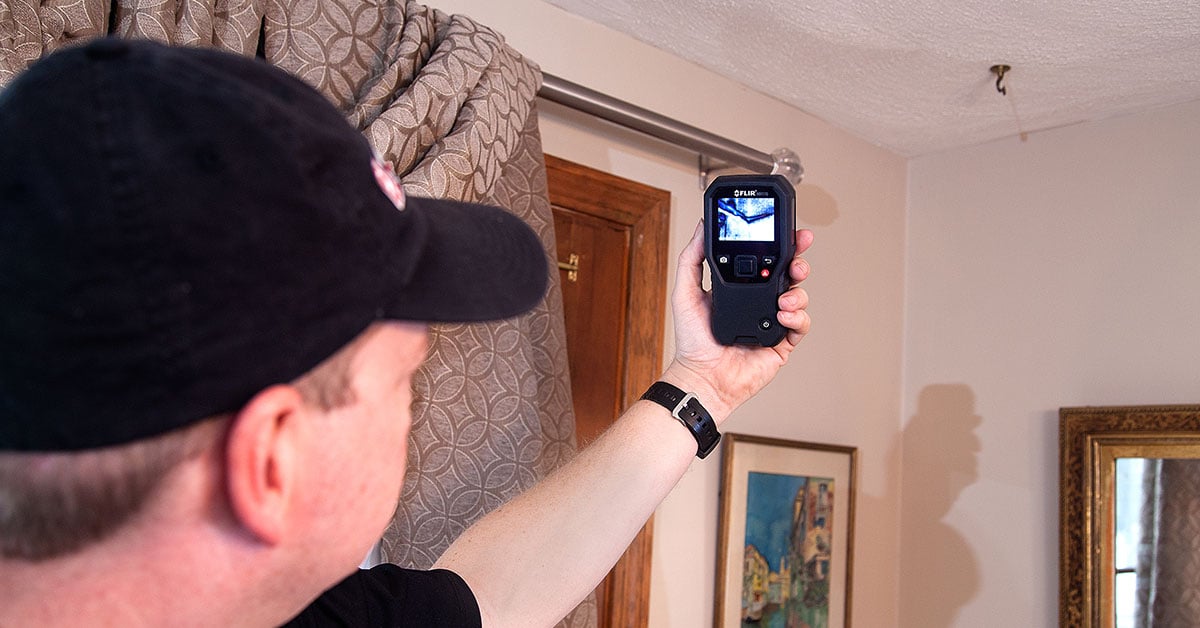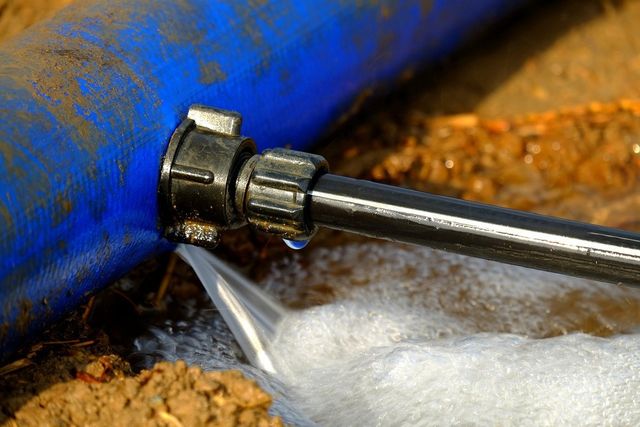Do you find yourself searching for details on Finding hidden leaks?

Early discovery of dripping water lines can reduce a prospective disaster. Some small water leaks may not be visible.
1. Take A Look At the Water Meter
Every residence has a water meter. Examining it is a proven manner in which assists you discover leakages. For starters, switch off all the water resources. Ensure nobody will certainly flush, use the faucet, shower, run the cleaning device or dish washer. From there, go to the meter as well as watch if it will certainly change. Considering that no person is using it, there ought to be no activities. That suggests a fast-moving leakage if it moves. Furthermore, if you spot no changes, wait an hour or more as well as inspect back once more. This implies you may have a slow-moving leakage that might even be below ground.
2. Inspect Water Intake
If you identify unexpected changes, regardless of your usage being the same, it indicates that you have leaks in your plumbing system. An abrupt spike in your expense shows a fast-moving leak.
On the other hand, a stable rise on a monthly basis, even with the same practices, reveals you have a slow leak that's also gradually rising. Call a plumber to thoroughly inspect your home, specifically if you really feel a cozy location on your flooring with piping below.
3. Do a Food Coloring Examination
When it comes to water consumption, 30% comes from commodes. If the color in some way infiltrates your bowl throughout that time without flushing, there's a leak in between the container and dish.
4. Asses Outside Lines
Do not forget to examine your outdoor water lines as well. Needs to water seep out of the connection, you have a loosened rubber gasket. One tiny leak can lose loads of water as well as increase your water bill.
5. Examine as well as Assess the Scenario
House owners must make it a habit to inspect under the sink counters and also also inside closets for any kind of bad odor or mold development. These two warnings suggest a leakage so punctual focus is required. Doing regular inspections, also bi-annually, can save you from a significant trouble.
Examine for stainings and compromising as most devices as well as pipelines have a life span. If you think leaking water lines in your plumbing system, do not wait for it to escalate.
Early detection of leaking water lines can mitigate a prospective calamity. Some tiny water leaks might not be noticeable. Inspecting it is a proven means that assists you find leaks. One little leakage can lose heaps of water as well as spike your water costs.
If you presume leaking water lines in your plumbing system, do not wait for it to intensify.
How to Know If Your Home Has a Hidden Leak
Water Meter Reveals Inexplicable Water Usage
If you’d like to test whether or not there’s a leak somewhere in your home, you can do this using your water meter. Here is how to conduct the test:
Don’t use any water in your home for at least 30 minutes; this also means not turning on faucets or water-using appliances.
Go outside, and check your water meter for activity.
If your water meter shows that there was activity, even though no one was using any water, this proves that there is a leak in your home.Visible Mold or Mildew Growth
Leaks behind walls create moist, dark environments that allow mold and mildew to grow and thrive. Eventually, you might see mold growth forming on the wall closest to a hidden leak.
If mold is growing in an area that receives a high amount of moisture, such as a bathroom, it may simply be an indication that better ventilation is needed. However, if you see mold growth on a wall or the ceiling in an area where you would not expect, you probably have a hidden leak.
Musty, Mildew Odor
Sometimes you might not be able to see the mold or mildew that is growing as a result of a leak. However, the smell can give the problem away just as easily. If you catch a whiff of something musty, there’s a good chance that old water is collecting somewhere in your home that you can’t see.
Stained/Warped Walls, Ceilings, or Floors
When your home soaks up water, a variety of red flags can become visible, including ceiling stains, bubbling drywall, warped walls, and sagging floors. While these issues can be caused by excess humidity, they can also be signs that a pipe or plumbing connection has started leaking behind your walls.
Inexplicably High Water Bill
After a while, you get a general sense for what your water bill should be. If you own a pool or sprinkler system, your bill will tend to be higher during summer. However, if you receive a water bill that seems especially high, and you can’t figure out what caused it, then you may have a hidden leak somewhere that’s increasing your bill.
https://www.plumbingjoint.com/blog/2019/july/how-to-know-if-your-home-has-a-hidden-leak/

As a passionate person who reads about Finding hidden leaks, I think sharing that chunk was a good thing. Enjoyed our write up? Please share it. Help somebody else locate it. I take joy in reading our article about Top leak detection hacks.
Precision emergency plumbing services here.